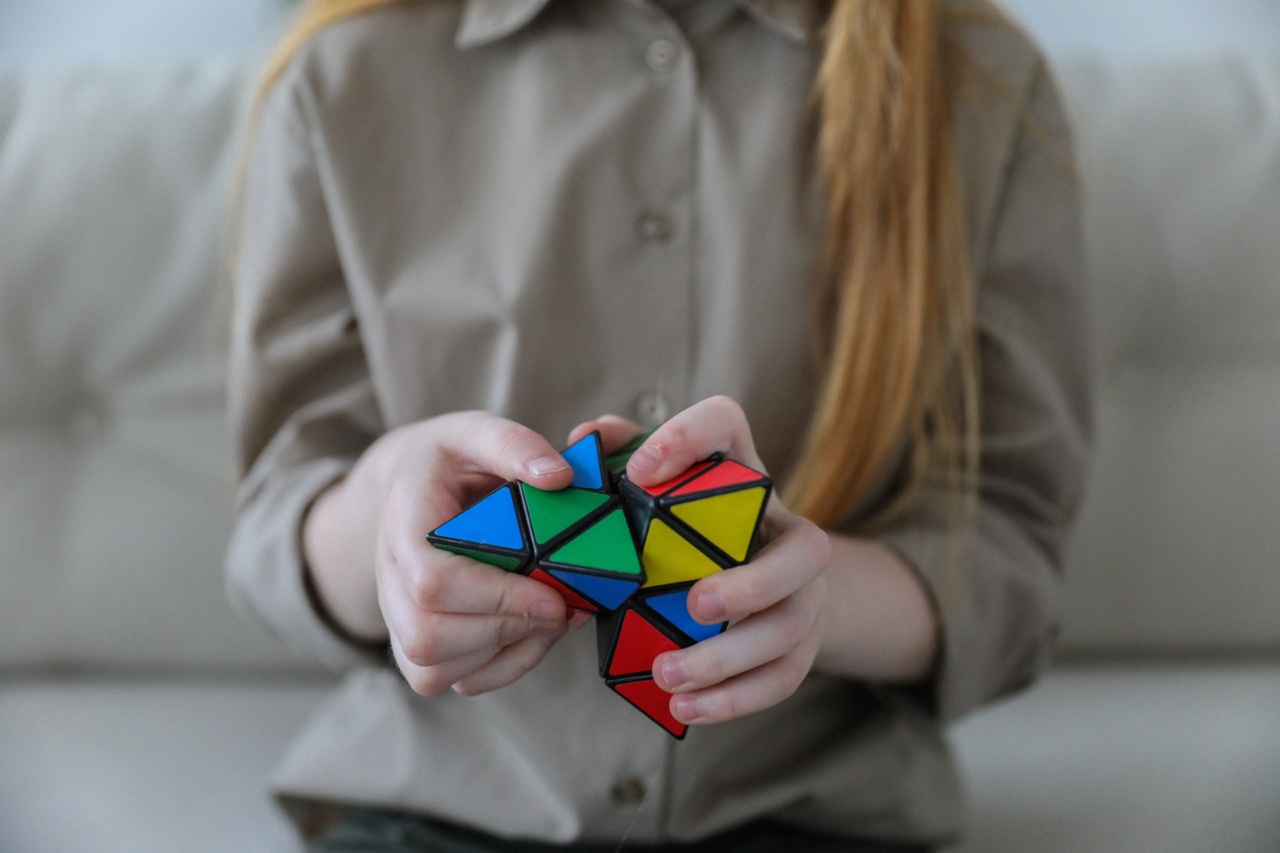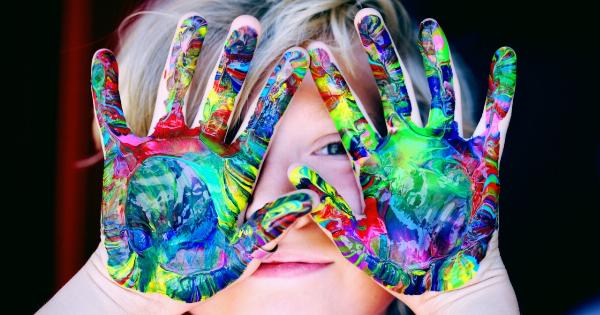Colors have a profound impact on our daily lives. They can affect our mood, emotions, and overall well-being. As adults, we have developed a strong relationship with colors, consciously or subconsciously.
For children, however, colors are not just pleasing to the eye, but they also play a crucial role in their development and perception of the world. In this article, we will delve into the effects of colors on the young minds of children, exploring how different hues can influence their emotions, behavior, and cognitive abilities.
The Psychology of Colors: Understanding the Connections
Before diving into the specific effects of colors on children, it is important to understand the basics of color psychology. Each color has its own unique properties and associations. For instance:.
Red: Energize and Stimulate
Red is a color often associated with energy, excitement, and strong emotions. It can have both positive and negative effects on children.
While it can stimulate their energy levels and increase their heart rate, too much exposure to red can lead to restlessness and agitation. Red is best used in moderation in learning environments to promote excitement and engagement without overwhelming the child.
Blue: Calm and Focus
Blue is known for its calming and soothing qualities. It has the power to reduce anxiety, lower blood pressure, and promote relaxation. Blue is particularly effective in creating a serene and focused learning environment for children.
Incorporating shades of blue in classrooms or study areas can enhance concentration and improve productivity.
Yellow: Stimulate and Encourage Creativity
Yellow is often associated with sunlight and warmth. It has an energizing effect on children, stimulating their cognitive processes and increasing creativity.
This vibrant color can inspire optimism and positivity, making it a great choice for spaces where artistic expression and imaginative thinking are encouraged.
Green: Harmony and Restoration
Green represents nature and promotes a sense of harmony and balance. It has a calming effect on children, helping to reduce stress and anxiety.
Studies have shown that exposure to green environments can enhance concentration and facilitate faster recovery from mental fatigue. Incorporating green elements in learning spaces can create a tranquil atmosphere conducive to focused learning.
Purple: Imagination and Inspiration
Purple is often associated with mystery, magic, and creativity. It stimulates the imagination and promotes deep thinking.
This color can be particularly beneficial for children engaged in artistic pursuits or those needing inspiration for problem-solving tasks. Incorporating purple in learning environments can evoke a sense of wonder and encourage innovative thinking.
Orange: Encourage Social Interaction
Orange is a warm and inviting color that promotes social interaction and communication. It stimulates both physical activity and mental processes, making it an ideal choice for spaces where group work and collaboration are encouraged.
Orange can create an energetic and inclusive atmosphere, encouraging children to engage with their peers and share their ideas.
Pink: Create a Calm and Nurturing Environment
Pink is often associated with femininity and tenderness. It has a calming effect and can help reduce aggression and promote empathy.
Pink is often used in spaces where nurturing and positive social interactions are essential, such as daycare centers or pediatric healthcare facilities.
Black and White: Simplicity and Contrast
While not technically colors, black and white play a crucial role in stimulating visual contrast and maintaining balance.
These neutral tones can enhance clarity and focus, making them ideal for text-heavy learning materials or spaces where simplicity and minimalism are valued.
The Importance of Individual Preferences
While it is important to understand the general effects of colors on children, it is equally essential to acknowledge that individuals may have unique responses and preferences.
Personal experiences, cultural backgrounds, and even age can influence how a child perceives and responds to different colors. It is crucial to observe and respect individual preferences, allowing children to have a say in their own learning spaces and incorporating colors that resonate positively with them.
Applying Color Psychology in Learning Environments
Now that we have explored the effects of various colors on children’s minds, it is time to discuss practical ways to apply this knowledge in learning environments. Here are some tips:.
1. Understand the Purpose
Consider the specific goals of the learning space. Is it to promote focus and concentration, encourage creativity, or foster social interaction? Understanding the purpose will help determine which colors to prioritize.
2. Create Zones
Use different colors to create distinct zones within the learning environment. For example, calming and focused areas can incorporate shades of blue, while creative zones can feature splashes of yellow or purple.
3. Balance and Contrast
Achieve visual balance by striking a contrast between warm and cool colors. Ensure that no single color dominates the space, as it can be overwhelming for children and hinder their ability to concentrate.
4. Personalize Spaces
Involve children in decisions about color choices. Let them express their preferences and incorporate elements that make them feel comfortable and engaged in the learning environment.
5. Experiment and Adapt
Don’t be afraid to experiment with color combinations and observe their effects on children. Be open to adapting and adjusting as needed based on their responses and feedback.
Conclusion
Colors have a significant impact on children’s minds, emotions, and behavior. By understanding the effects of different colors, we can create learning environments that promote focus, creativity, relaxation, and social interaction.
It is essential to respect individual preferences and involve children in decisions about color choices, allowing them to feel empowered and engaged in their own learning journeys.






























